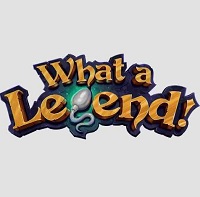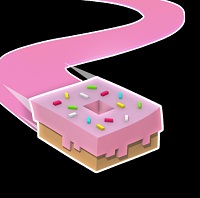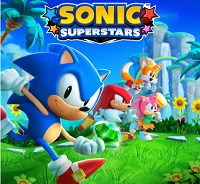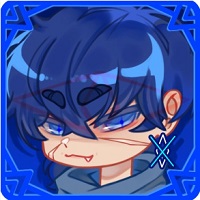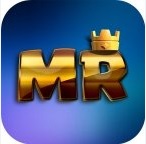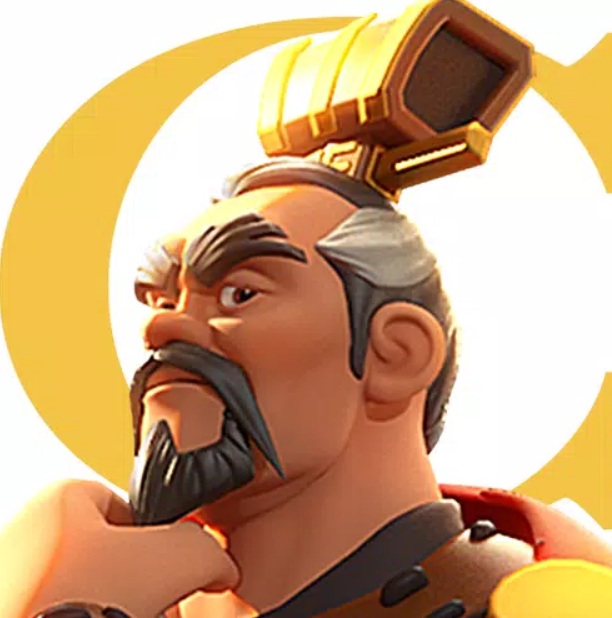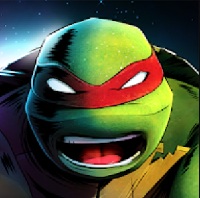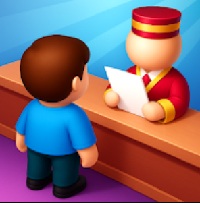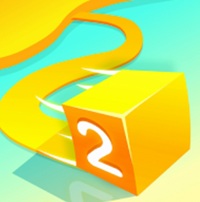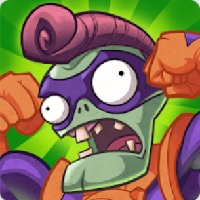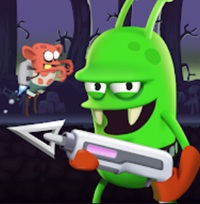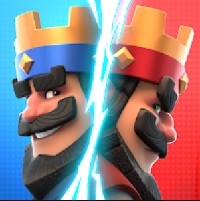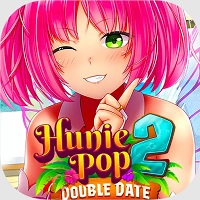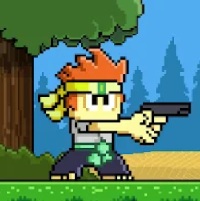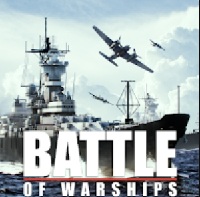What a Legend! is a fantasy-themed, story-rich point-and-click adventure game developed by the indie studio MagicNuts. It offers a mix of visual storytelling, humorous dialogue, and character-driven progression set in a vibrant medieval world. The game has gained popularity thanks to its polished hand-drawn art style and engaging writing.
Storyline
Players follow the journey of a young traveler who sets off to explore the grand capital of a medieval kingdom. Along the way, he becomes entangled in an unfolding mystery involving intriguing characters, strange magical elements, and legendary tales. The narrative is light-hearted with mature themes and focuses on character development, relationship-building, and immersive world exploration.
Gameplay
What a Legend! features a classic point-and-click interface, allowing players to interact with the environment, solve puzzles, and complete character-based quests. The game includes a day-night cycle, interactive maps, and multiple dialogue choices that influence story progression. It blends lighthearted comedy with mature storytelling while maintaining a respectful and narrative-driven tone.
Visual Style
The game is recognized for its distinctive 2D hand-drawn visuals inspired by classic animated films. Each scene is crafted with attention to detail and color, bringing the game’s whimsical world to life. The character animations and environmental design help create an immersive and charming experience.
Availability
What a Legend! is currently available for Windows, macOS, and Android platforms. The game is free to download, with optional support through crowdfunding platforms to access bonus content and support ongoing development.

Frequently Asked Questions (FAQ)
1. What is What a Legend!?
It is a narrative-driven point-and-click adventure game set in a colorful medieval fantasy world. The game emphasizes humor, exploration, and storytelling with mature undertones suitable for adult audiences.
2. Is the game free to play?
Yes, the game is free to play. Players may choose to support the developers through crowdfunding platforms for access to additional features and early updates.
3. What platforms is the game available on?
The game is available on PC (Windows and macOS) and Android. It can be downloaded from the official website and trusted distribution platforms.
4. Is the game appropriate for publishing platforms with content guidelines?
Yes, as long as the content shared is general and focuses on storytelling, visual style, and game mechanics, it adheres to platform content policies including Google AdSense guidelines. It is recommended to avoid showcasing or discussing any adult-only material in public-facing pages.
5. How can I support the game?
Fans can support the game’s development via Patreon or the developer’s official website. Contributions help fund future updates and improvements.
What Are the Legends on a Map?
What Are the Legends on a Map?
Legends on a map, also known as a map key, explain the meaning of the symbols, colors, and lines used on the map. They serve as a reference to help users understand and interpret the map correctly.
Why Are Legends Important?
Maps use a variety of symbols to represent real-world features like roads, rivers, mountains, and cities. Without a legend, these symbols could be unclear. A legend gives context to what each symbol means, making the map easy to read and use.
What Do Map Legends Typically Include?
Symbols
These are icons or shapes that represent physical features or places.
Examples:
- ● = City or town
- ★ = Capital city
- 🏞️ = Park or forest
Colors
Different colors are used to indicate types of terrain or land use.
Examples:
- Blue = Water (oceans, lakes, rivers)
- Green = Vegetation or forested areas
- Brown = Mountains or elevated land
- Yellow = Dry or desert regions
Lines and Patterns
Maps often use different styles of lines to show features such as roads, borders, or rivers.
Examples:
- Solid line = Main roads or highways
- Dashed line = Walking trails or paths
- Wavy line = Rivers
- Dotted line = Political boundaries
Scale (sometimes shown near the legend)
A scale tells the user how map distances relate to real-world distances.
Example: 1 inch = 5 miles
Simple Map Legend Example
Symbol: ●
Meaning: City or town
Symbol: ★
Meaning: Capital city
Symbol: 🛣️
Meaning: Major road or highway
Symbol: ~
Meaning: River
Symbol: ▓
Meaning: Mountain or high terrain
Symbol: 🟩
Meaning: Forest or national park
What Can I Do with a Legendary Bear Pelt?
If you’ve successfully hunted a Legendary Bear, congratulations! The pelt you’ve obtained is a rare and valuable resource. In games like Red Dead Redemption 2, it opens up several special options for crafting and upgrades. Here’s how you can use it:
1. Craft Unique Gear and Outfits
Take the pelt to a Trapper to unlock exclusive items. These items are only available through legendary pelts and include:
- Legendary Bear Hat
- Legendary Bear Coat
- Legendary Bear Roper Boots
These items not only look distinctive but also serve as proof of your hunting achievements.
2. Create Trinkets and Talismans
Parts of the legendary bear, such as its claw, can be used at a Fencer to craft special items that provide permanent stat boosts.
For example:
- The Legendary Bear Claw Talisman reduces damage taken by the player.
You may need additional materials like a silver chain bracelet or quartz chunk depending on the item.
3. Sell the Pelt to a Trapper
If you choose not to craft, you can sell the pelt to a Trapper for a good price. Even after selling, the Trapper keeps the pelt in his inventory, so you can still craft items from it later.
Note: Do not sell it to a regular butcher, as you won’t get full value and lose access to crafting options.
4. Don’t Worry If You Lose the Pelt
In Red Dead Redemption 2, if you lose the pelt after killing the bear (for example, by dying on the way back), it will still be available at the Trapper automatically. This ensures you don’t lose access to the rewards.
Link Mediafire & Google drive.